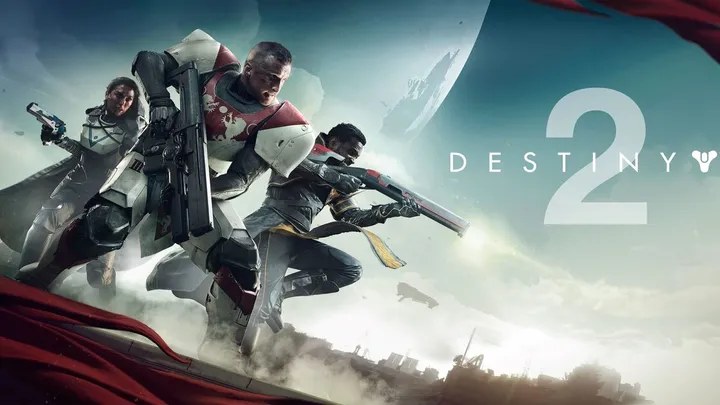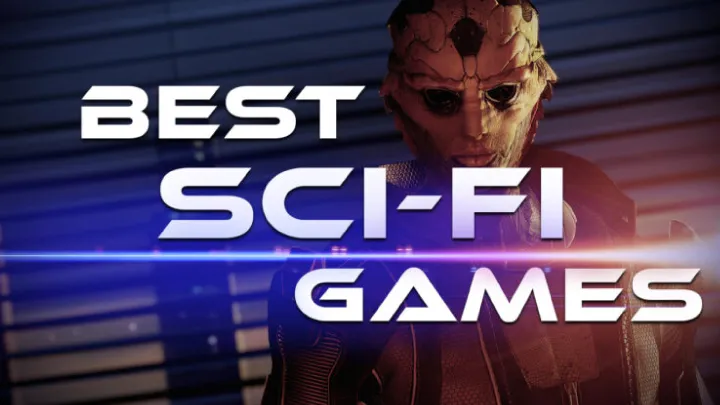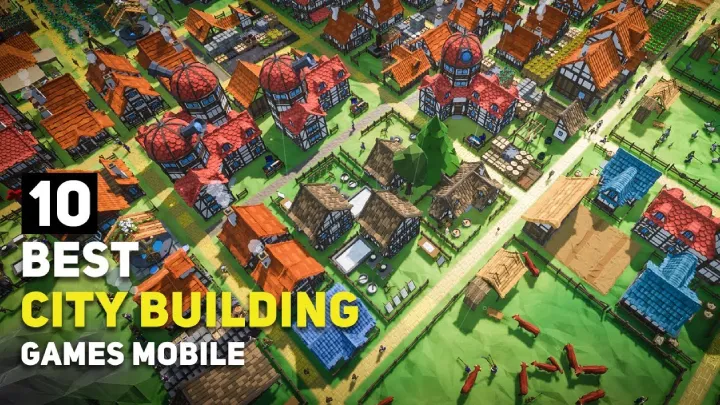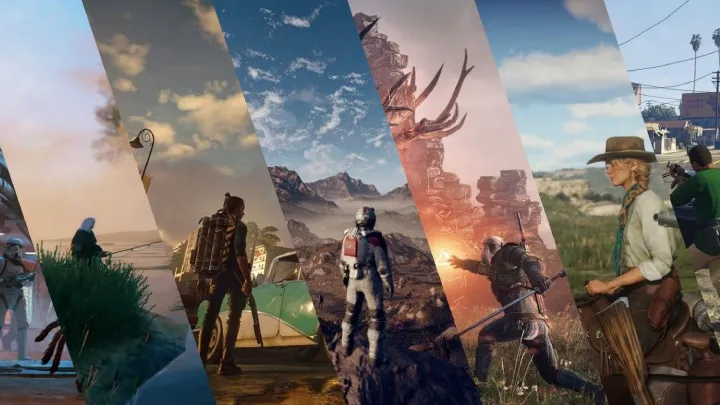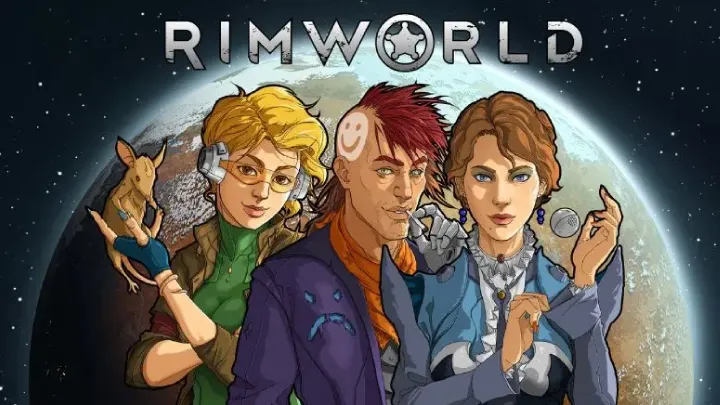Introduction
Starfield, developed by Bethesda Game Studios, represents the studio’s most ambitious leap yet. Known for their legendary open-world RPGs like Skyrim and Fallout, Bethesda has now set its sights on the cosmos. Set in the year 2330, humanity has expanded far beyond Earth, scattering colonies across the stars. Amidst the vastness of the Settled Systems, players take on the role of an explorer in Constellation, an organization seeking answers to humanity’s greatest mysteries.
This is not just another role-playing game—it is a canvas for dreams of spacefaring, a blend of science fiction wonder and Bethesda’s trademark storytelling depth. The scope is immense, with over a thousand planets to visit, each offering landscapes, dangers, and discoveries that encourage endless exploration. Starfield is not about a single storyline—it is about the personal journey each player undertakes, their choices shaping the galaxy around them.
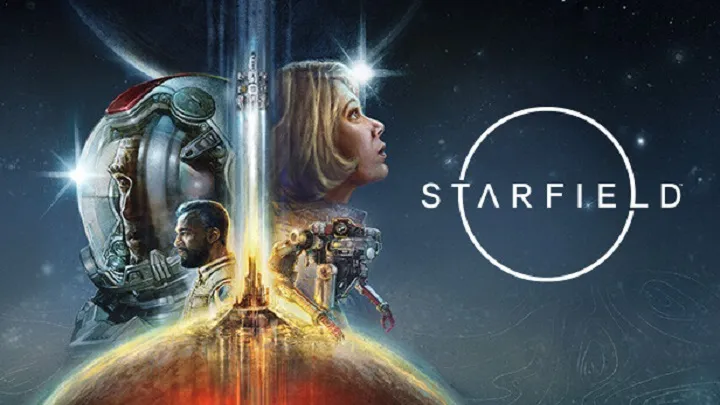
Immense Space Exploration
At its core, Starfield is about the thrill of discovery. Few games capture the sensation of standing on a planet’s barren surface, looking up at a sky full of stars, knowing that you can travel to them. The sheer scale—over a thousand planets—is staggering. Some are rich with resources, while others are desolate but breathtaking.
Exploration in Starfield is more than sightseeing. Players scan flora, fauna, and mineral deposits, cataloging worlds and carving their mark into galactic history. Each system holds mysteries, from derelict ships floating in silence to alien structures hinting at civilizations long gone. It is a game where curiosity is always rewarded.
Customization and Roleplay
Starfield embraces the freedom of roleplay more deeply than any Bethesda title before. Players design not only their character’s appearance but also their backstory, traits, and skills. These choices shape dialogue options and even how factions perceive you. Want to be a former space pirate seeking redemption? Or a diplomat skilled in negotiation but weak in combat? The possibilities are endless.
Spaceship customization is another defining feature. Ships are not static vehicles; they are homes, weapons, and works of art. Every module, engine, weapon system, and living quarter can be tailored. A heavily armed destroyer feels very different from a sleek explorer’s vessel. This level of personalization ensures no two players’ journeys look the same.
Combat and Survival
Combat in Starfield is a blend of ground skirmishes and intense dogfights in the vacuum of space. On planets, futuristic weapons—from laser rifles to magnetic accelerators—combine with jetpacks for vertical mobility. Battles feel fluid and adaptable, allowing stealth, brute force, or tactical approaches.
Space combat, on the other hand, introduces energy management and maneuvering. Pilots balance power between shields, weapons, and engines, deciding whether to chase enemies, disable their ships, or board them for loot. Survival mechanics such as oxygen management and environmental hazards heighten the tension. On some worlds, radiation or low gravity changes how players engage with exploration and combat.
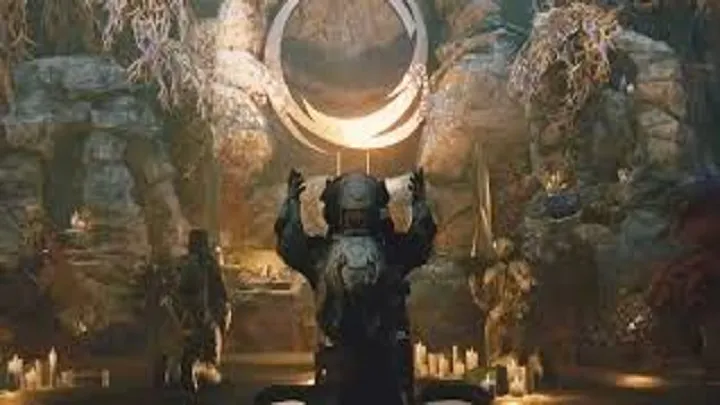
Story and Factions
Bethesda has always excelled at weaving compelling stories, and Starfield is no exception. Players begin their journey as a new recruit of Constellation, a group of explorers driven to uncover humanity’s ultimate purpose. Along the way, the narrative branches into multiple paths depending on player choices.
The Settled Systems are far from united. The United Colonies represent order and authority, while the Freestar Collective values independence and freedom. The Crimson Fleet thrives as a ruthless band of space pirates, offering players the chance to embrace a darker path. Aligning with—or against—these factions creates unique quests, allies, and conflicts.
At its heart, the narrative grapples with humanity’s place in the universe. Are we destined for peace and unity, or conflict and conquest? Through choices and lies, each player writes their own answer.
The Depth of Exploration
Starfield goes beyond simple planet-hopping. Each celestial body feels alive, with ecosystems and environments that influence gameplay. Exploring barren ice planets, lush jungles, or urban megacities provides constant variety.
Missions are rarely straightforward. A simple exploration task can evolve into a moral dilemma—should resources be exploited for personal gain, or preserved for science? These choices ripple throughout the Settled Systems, creating consequences that follow players long after decisions are made.
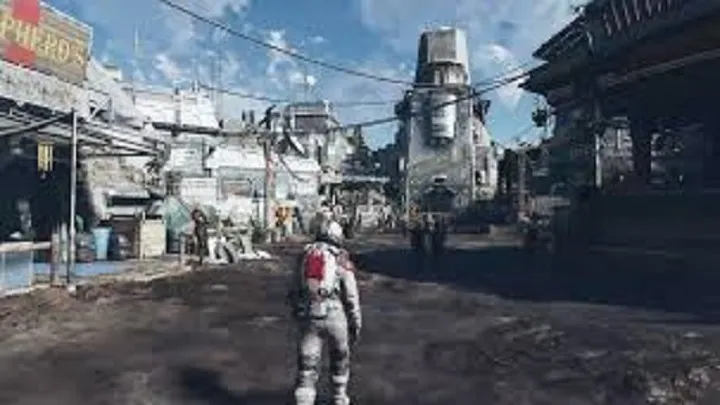
Companions and Relationships
No explorer survives the stars alone. Starfield introduces companions who not only fight alongside players but also react to their choices. Each has a personality, backstory, and goals, and they may approve or disapprove of decisions. Over time, bonds form, and some companions even become romantic partners.
This human element adds depth. Space exploration feels vast and isolating, but the presence of allies provides warmth and connection. Building trust with companions can unlock unique storylines, turning them into more than sidekicks—they become family in the cold expanse of space.
RPG Freedom and Choices
Starfield excels in giving players freedom to define their path. Some may focus on exploration, scanning planets and documenting discoveries. Others may pursue wealth through trade, piracy, or smuggling. Players can become mercenaries, bounty hunters, diplomats, or scientists.
Every choice carries weight. Conversations branch into multiple outcomes depending on persuasion, intimidation, or honesty. The ability to lie or tell the truth influences reputations and alliances, creating a galaxy where morality is not black and white.
Why Starfield Stands Out
What makes Starfield unique is its combination of scale and depth. Other games have offered space exploration, but few blend it with Bethesda’s style of narrative freedom and immersive roleplay. The universe feels alive, shaped both by grand political struggles and intimate personal stories.
By merging traditional RPG storytelling with the dream of space travel, Starfield invites players to live out fantasies of being an explorer, pioneer, or outlaw in the cosmos. It is ambitious, daring, and unlike anything Bethesda has attempted before.
Pros of Starfield
- Immense galaxy with over a thousand explorable planets
- Deep customization of character and starship
- Rich roleplay options with impactful choices
- Blend of ground and space combat for variety
- Companions and faction storylines enhance immersion
Cons of Starfield
- Some planets may feel empty or repetitive
- Steep learning curve for new players
- Survival mechanics can slow down casual play
- Occasional performance issues on large-scale systems
Expert Rating
After deep exploration, Starfield can be considered a monumental RPG experience. While not flawless, its ambition and execution set a new benchmark for space roleplaying games.
Expert Score: 9/10 – A bold and unforgettable journey into the stars that combines freedom, exploration, and narrative in ways few games can match.
Conclusion
Starfield is more than a game—it is a dream of humanity’s future among the stars. With limitless exploration, deep customization, and compelling stories, it captures both the wonder and the danger of space. Whether standing on the edge of a new planet’s horizon, battling pirates in orbit, or negotiating peace between factions, players are constantly reminded that the galaxy is theirs to shape.
Bethesda has delivered not just a massive RPG, but an emotional journey that invites players to imagine who they want to be when faced with the infinite. Starfield is a game about choices, discovery, and the timeless human desire to look up at the stars and wonder what lies beyond.





